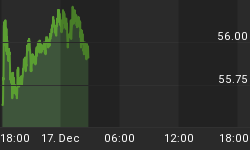Chart 1 shows that the national homeownership rate (the percentage of occupied housing units that are owner occupied housing units) started rising sharply around 1995, hitting a record high in 2004. Why this sudden rise in homeownership?
Chart 1
Was it because of a sudden and steady rise in housing affordability, which is a function of the price of a house, the mortgage rate and the income of the buyer? Well, housing affordability did start to rebound in the early 1980s. But, as shown in Chart 2, housing affordability topped out in 1993 - before the rapid ascent in homeownership. Moreover, the homeownership rate remained near its record high of 69% (set in 2004) even as housing affordability was falling significantly in 2005 and 2006.
Chart 2
What is interesting is that about the time the national homeownership rate was rising, the homeownership rate for the relatively young - under 35 years old - was rising relative to that of the homeownership rate of seniors - 65 years old and over. This is shown in Chart 3.
Chart 3
Was there a sharp increase in the incomes of adult children relative to their parents that could explain the increase in the kids’ relative rate of homeownership? Yes, there was some increase in the ratio of the median incomes of the 25-to-34 year old set to seniors starting in 1996 (see Chart 4). This may have accounted for some of the relative increase in homeownership rates for the under 35ers.
Chart 4
Unfortunately, I do not have data on the relative increase in sub-prime mortgages relative to prime. But if any of you out there in cyberland do, I would like to look at it. My hypothesis is that the sharp increase in homeownership rates in the past ten years or so is positively related to the amount of sub-prime and "exotic" mortgage products originated in this time period - products that most likely were marketed to younger potential homebuyers. If my hypothesis is correct, I would predict a sharp drop in homeownership rates as the underwriting standards for sub-prime and/or exotic mortgages are tightened significantly in the quarters ahead. And, oh yes, if my hypothesis is correct, the term homeownership might be a misnomer for the younger set. "Renters with options to buy" might be more accurate.















